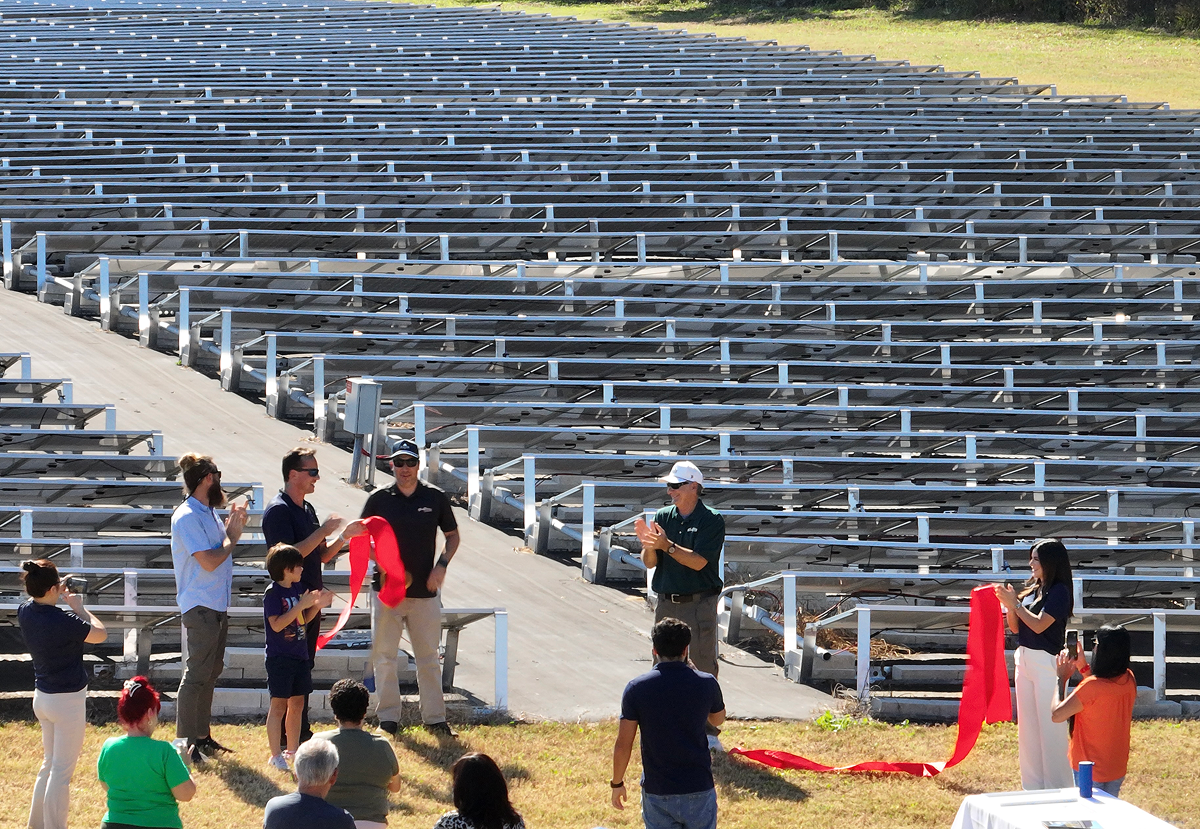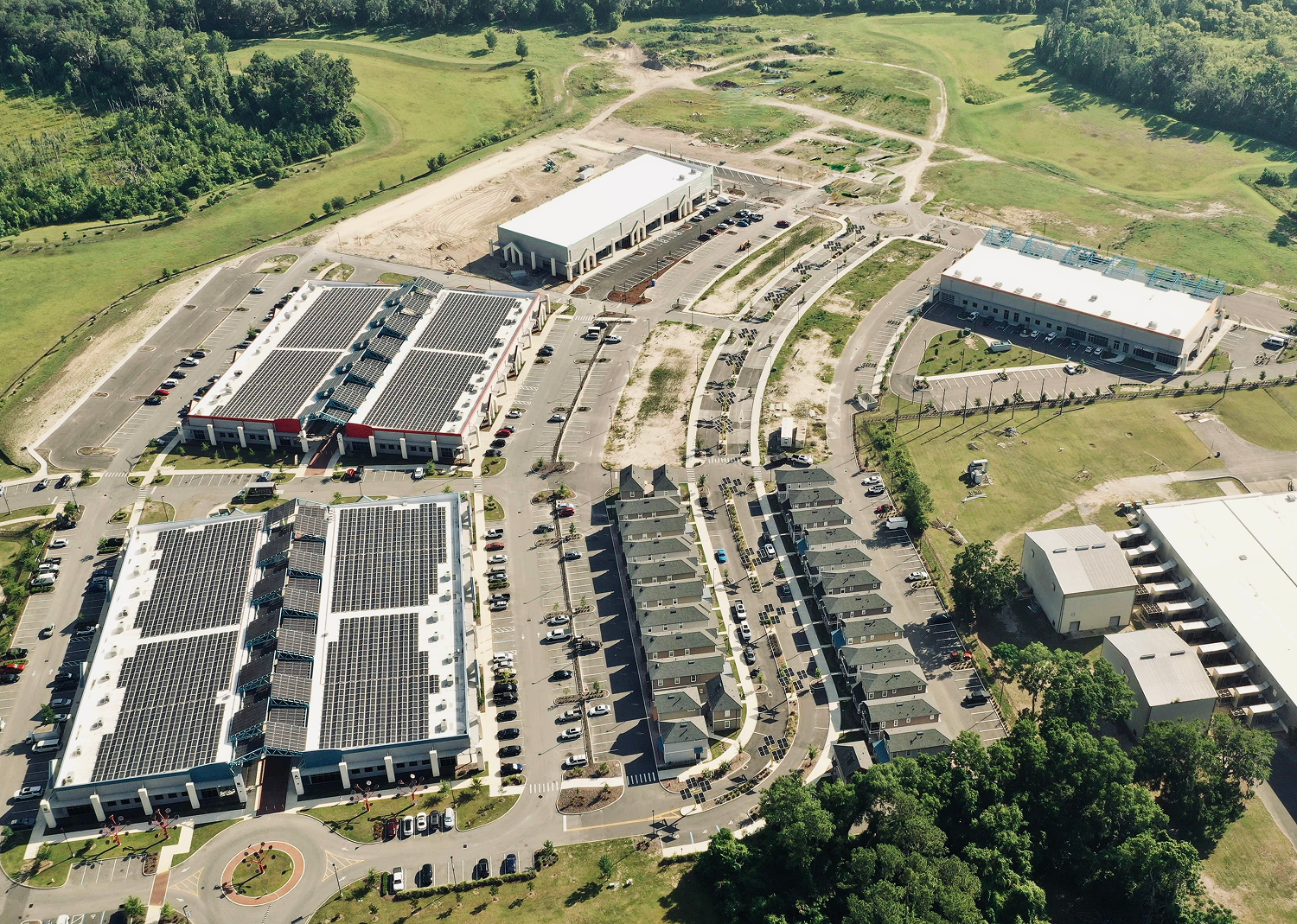Executive Summary for CFOs & Facility Managers
Before moving forward with a large-scale solar installation, the question every decision-maker asks is simple: “How do I know if my facility qualifies for solar savings — and can I trust the ROI calculation?”
The answer lies in a commercial solar site assessment and shading analysis. For commercial and industrial (C&I) facilities — warehouses, manufacturers, hospitals, schools, and data centers — this due diligence process transforms projections into bankable solar production modeling.
At PPM Solar, our NABCEP-certified team has delivered USDA REAP site assessments, bank-ready reports, and financing approvals for more than 16 years across Florida and North Carolina. We’ve secured $6M+ in USDA REAP program solar eligibility wins, helping companies build low-risk, high-yield projects that boards, CFOs, and grant reviewers trust.
Every assessment we do answers these critical questions:
✅ Will my facility’s roof or site structurally support solar?
✅ How much annual production can be guaranteed through solar shading analysis for businesses?
✅ What does a commercial solar feasibility study prove for ROI, payback, and long-term savings?
✅ How will this data strengthen financing approvals, USDA REAP applications, or board approval?
Why Professional Assessments Matter for C&I Facilities
A solar energy audit for warehouses, manufacturing, and large facilities is about far more than panels on a roof. It validates financial, structural, and operational viability:
- Structural issues avoided: Roof reinforcement costs flagged before installation.
- Code compliance ensured: Setbacks, NEC 705 interconnection rules, and fire code alignment.
- Financial credibility: USDA REAP site assessments require stamped shading and production reports.
- ROI accuracy: A missed 5% shading loss on a 1 MW system = $150K–$200K in lost savings.
For commercial projects, lenders, utilities, and CFOs won’t accept estimates — they require bankable solar production modeling that holds up for 25+ years.
Step-by-Step: What PPM Solar Professionals Deliver in a Site Assessment
1. Desktop & Pre-Assessment Review
- Analyze 12–24 months of utility bills (demand charges, kWh patterns).
- Review building drawings, warranties, and site surveys.
- Conduct LiDAR irradiance mapping via Aurora, Nearmap, and NREL datasets.
- Flag risks early to reduce change orders and permitting issues.
2. On-Site Structural & Roof Analysis
- Inspect slopes, loading, trusses, penetrations, waterproofing, warranties.
- Ground-mount scopes: soil boring tests, slope/runoff analysis, underground utility mapping.
- Structural engineer collaboration where required.
3. Electrical Capacity Review
- Inspect switchgear, bus ratings, breakers, feeder capacity.
- Apply NEC 705.12 for backfeed limitations.
- Map conduit runs for efficiency and future expansion.
- Ensure grounding, rapid shutdown, and microgrid-readiness.
4. Precision Shading & Solar Access Analysis
- Deploy Solmetric SunEye / Solar Pathfinder instruments for obstruction data.
- Map trees, HVAC, nearby structures, and roof obstructions.
- Generate solar access (%) reports with ±2% accuracy for REAP/financing.
- Model growth over time — ensuring future-proof projections.
5. Financial & Production Modeling
- Translate solar access into bankable performance forecasts.
- Apply utility tariff structures, tax incentives, REAP grants.
- Compare scenarios for CFO review (e.g., east-west tilt vs. due-south).
- Deliver professional-grade reports for investors, boards, and grant officers.
Real-World Example: Due Diligence in Action
📍 Case Study: DeConna Ice Cream (794 kW Ground Mount)
During assessment, our shading analysis identified utility-side capacity limits that would have derailed interconnection. PPM engineered around this with a new 750 kVA transformer upgrade — installed at no cost to the client through Duke Energy partnership.
- System now offsets 64.4% of annual usage.
- Delivers $2M in lifetime savings.
- Won approval for two USDA REAP grants.
➡️ Without a professional assessment, those grants and utility coordination would have fallen through — eliminating millions in financial upside.
Tailored Benefits by Role
For CFOs & Finance Teams
- Budget Predictability: No speculation — only finance-grade ROI backed by modeled generation.
- Grant & Incentive Compliance: USDA REAP applications demand stamped shading reports.
- Capital Forecasting: Clear annual savings projections support long-term financial decisions.
For Facility Managers
- Structural Safety: Roof load, slope, and penetration risks are resolved before install.
- Operational Continuity: Electrical review ensures zero downtime in critical environments (healthcare, manufacturing).
- Maintenance Planning: Optimized layouts minimize future O&M complexities.
Why Professional Shading Analysis Protects Millions in ROI
A shading analysis isn’t about pretty visuals — it’s about proving production to lenders and grant programs.
- 92% solar access → A 1 MW system in North Florida generates ~1.55 GWh/year.
- 5% error at scale = $150K–$200K lost savings.
- Professional ±2% accuracy earns financing and USDA approval. DIY ±8–10% tools do not.
The PPM Solar Advantage
When you select PPM Solar for your commercial site assessment, you gain:
- 16+ years of commercial experience across Florida & North Carolina
- $6M+ USDA REAP grant wins secured for clients
- NABCEP-certified engineering team with deep electrical + structural expertise
- Financial-grade reports ready for lenders, grant reviewers, and board approval
- End-to-end compliance support with utilities, permitting agencies, and inspectors
- Proven portfolio: healthcare, manufacturing, higher education, and multi-megawatt campuses
Next Step: Commission Your Commercial Solar Site Assessment
Before you invest in a multimillion-dollar energy asset, ensure your project is backed by bankable data, not guesswork.
📞 Call (352) 309-7727
📧 Email info@ppm.solar
💡 Or request your Commercial Solar Site Assessment Report today.
Protect ROI. Secure grants. Build with precision.



